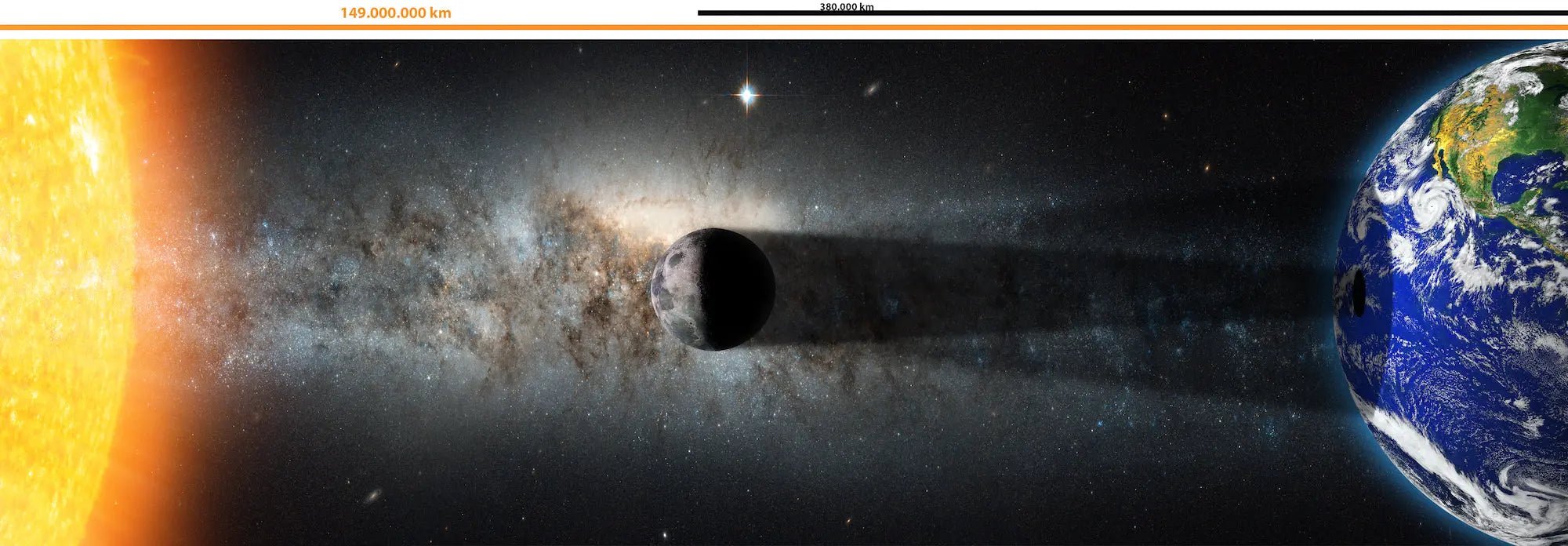The Sun, the Moon, and the 'Ring of Fire'
Hey, celestial enthusiasts! Today, we're talking about a subject that's as captivating as it is rare: solar eclipses. We've all seen those astonishing photos of the moon obscuring the sun, plunging daylight into darkness. But did you know there are different kinds of solar eclipses? Yep! The two biggies are annular and total eclipses. Although they seem similar, these two phenomena are as different as night and day—or, more accurately, as different as twilight and midday!
What They Have in Common
Before we dive into the differences, let's get one thing straight: both annular and total eclipses are mind-blowingly awesome. In each case, the moon moves between the Earth and the sun, blocking out the sun's light for a short time. These events are dramatic, awe-inspiring, and if you're lucky enough to witness one in person, you'll remember it forever.
The Tale of the Total Eclipse
In a total eclipse, the moon entirely covers the sun, and for a brief moment, the day turns into night. You'll see the sun's outer atmosphere, or corona, shimmering like a halo around the moon. Animals get quiet, and you might feel an eerie sense of calm. It's otherworldly, to say the least.
The key to a total eclipse is that the moon is close enough to Earth to appear larger in the sky than the sun. This "just-right" position allows it to block out the sun completely. You'll have to be in what's called the 'path of totality' to experience this phenomenon fully. Step outside that path, and you'll witness a partial eclipse—still cool, but not the full shebang.
Enter the Annular Eclipse
Now, what if I told you that sometimes the moon looks like a dark disk surrounded by a "ring of fire"? Sounds like something out of a fantasy novel, right? Well, that's exactly what happens during an annular eclipse.
The word 'annular' comes from the Latin word 'annulus,' meaning 'ring.' In an annular eclipse, the moon is farther away from Earth in its elliptical orbit, making it appear smaller than the sun in the sky. This size difference means the moon can't block out the sun entirely. Instead, a fiery ring of sunlight surrounds the moon at the peak of the eclipse.
So, What's the Big Difference?
Here's where things get even more interesting. The differences between annular and total eclipses are not just visual; they also create different atmospheric conditions.
1. Darkness Level: A total eclipse turns day into night, albeit briefly. An annular eclipse, however, just dims the light, like someone turned down the brightness on your phone screen.
2. Duration: The ring of fire in an annular eclipse tends to last longer than the totality phase of a total eclipse. We're talking minutes, but in the world of solar eclipses, every second counts!
3. Visibility: Total eclipses are less common and their paths of totality cover smaller areas, making them harder to catch. Annular eclipses happen more often and can be visible from broader regions.
4. Corona vs. Ring of Fire: In a total eclipse, you'll see the sun's corona, an ethereal, wispy layer of hot gas. It's a sight to behold and one that's only possible during a total eclipse. On the other hand, the annular eclipse offers the spectacle of the 'ring of fire,' which, come on, is pretty epic in its own right.
5. Safety: Always, always, always use special solar viewing glasses for either type of eclipse. However, during the brief moment of totality in a total eclipse, it's safe to remove the glasses. You can't do this during an annular eclipse.
Final Thoughts
Whether you're Team Annular or Team Total, one thing's for sure: solar eclipses are among the most magnificent natural events you can witness. If you ever get a chance to see either (or both!), don't miss it. And don't forget to snap some photos; they make for the ultimate "you had to be there" moment!
Catch you later, space cadets! 🌒🌞



Share:
The Solar Lifecycle
Perihelion vs. Aphelion